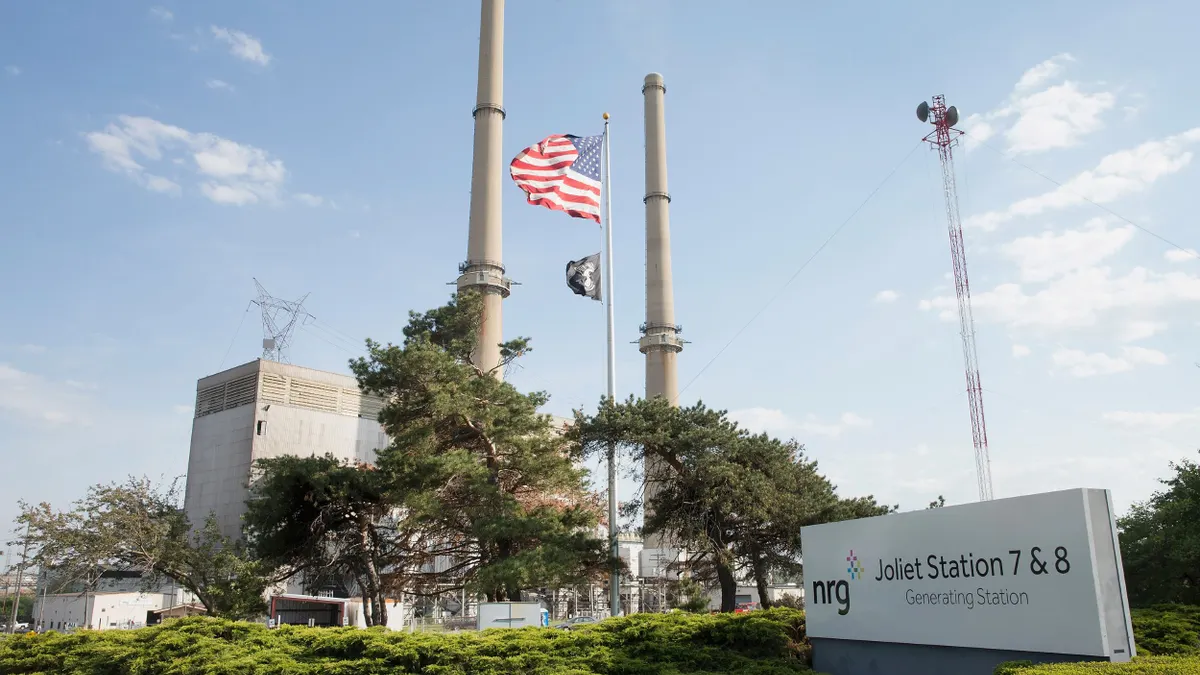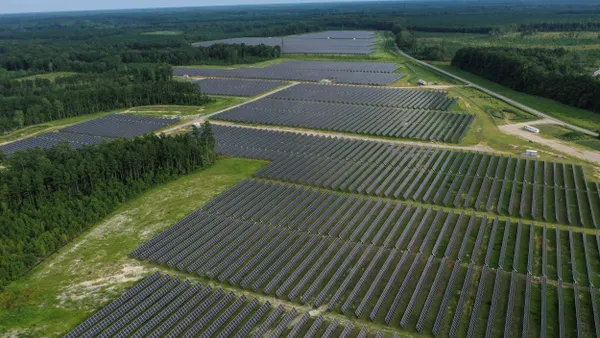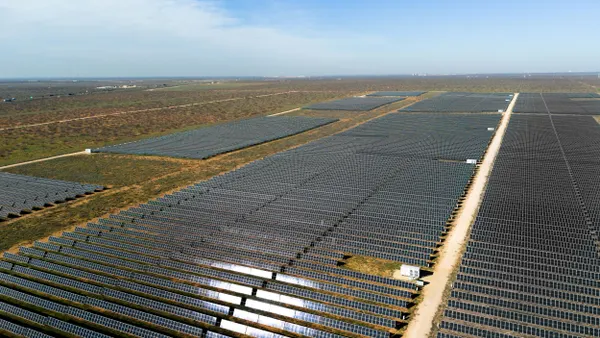The PJM Interconnection’s market monitor on Monday urged federal regulators to set conditions on a pending $12 billion deal between NRG Energy and LS Power citing concern over potential market abuses.
Under the planned transaction, NRG would buy from LS Power 18 natural gas-fired power plants, totaling about 13 GW across nine states, some of which fall in PJM’s territory. NRG would also acquire CPower, a commercial and industrial virtual power plant platform that has about 6 GW of capacity and operates in all deregulated markets in the U.S., according to a news release announcing the deal.
Setting conditions on the deal would help prevent NRG from exerting market power, Monitoring Analytics, PJM’s independent market monitor, said in a filing at the Federal Energy Regulatory Commission. The companies expect to close the deal early next year, subject to FERC and other approvals.
Without the conditions, Monitoring Analytics said it would oppose the transaction because it would increase NRG’s ability to affect electricity and capacity prices.
Under the pending deal, NRG’s capacity in PJM would jump from about 2.1 GW to 9.5 GW. The transaction would also add to NRG’s emergency and pre-emergency demand response capability. Even with the increased capacity, NRG and LS Power contend that NRG would be unable to exert market power, according to their June 12 application at FERC.
However, the transaction would increase NRG’s market power in some parts of PJM, according to Monitoring Analytics.
Also, under PJM’s market conditions, capacity prices are likely to continue being “very high,” the market monitor said.
“The market conditions and structural market power increase the potential impact of market power on customers under the current market structure,” it said.
The market monitor said it is concerned that NRG would be able to affect capacity prices using its increased ownership in emergency and pre-emergency demand resources, partly because those resources lack market power mitigation rules.
The demand response resources don’t have to bid into the capacity market, which would allow NRG to withhold them from the market to drive up capacity prices to the benefit of its power plants, according to the market monitor. Also, the resources don’t face bidding price caps, which allows for economic withholding, Monitoring Analytics said.
The lack of market mitigation rules for demand response resources is especially significant because they were included in PJM’s reserve margin for the first time ever in the 2025/2026 delivery year, the market monitor said.
The market monitor recommended that FERC impose “unique obligations” on NRG by requiring the company to offer its emergency and pre-emergency demand resources in the capacity markets.
Also, NRG should be barred from removing generating resources from the PJM market to serve behind-the-meter colocated load until FERC’s policy on colocation is clearly set and explicitly permitted by commission policy, the market monitor said.
More broadly, Monitoring Analytics asked whether FERC should approve any transaction that increases market power in PJM given that its capacity market is already characterized by widespread market power.















